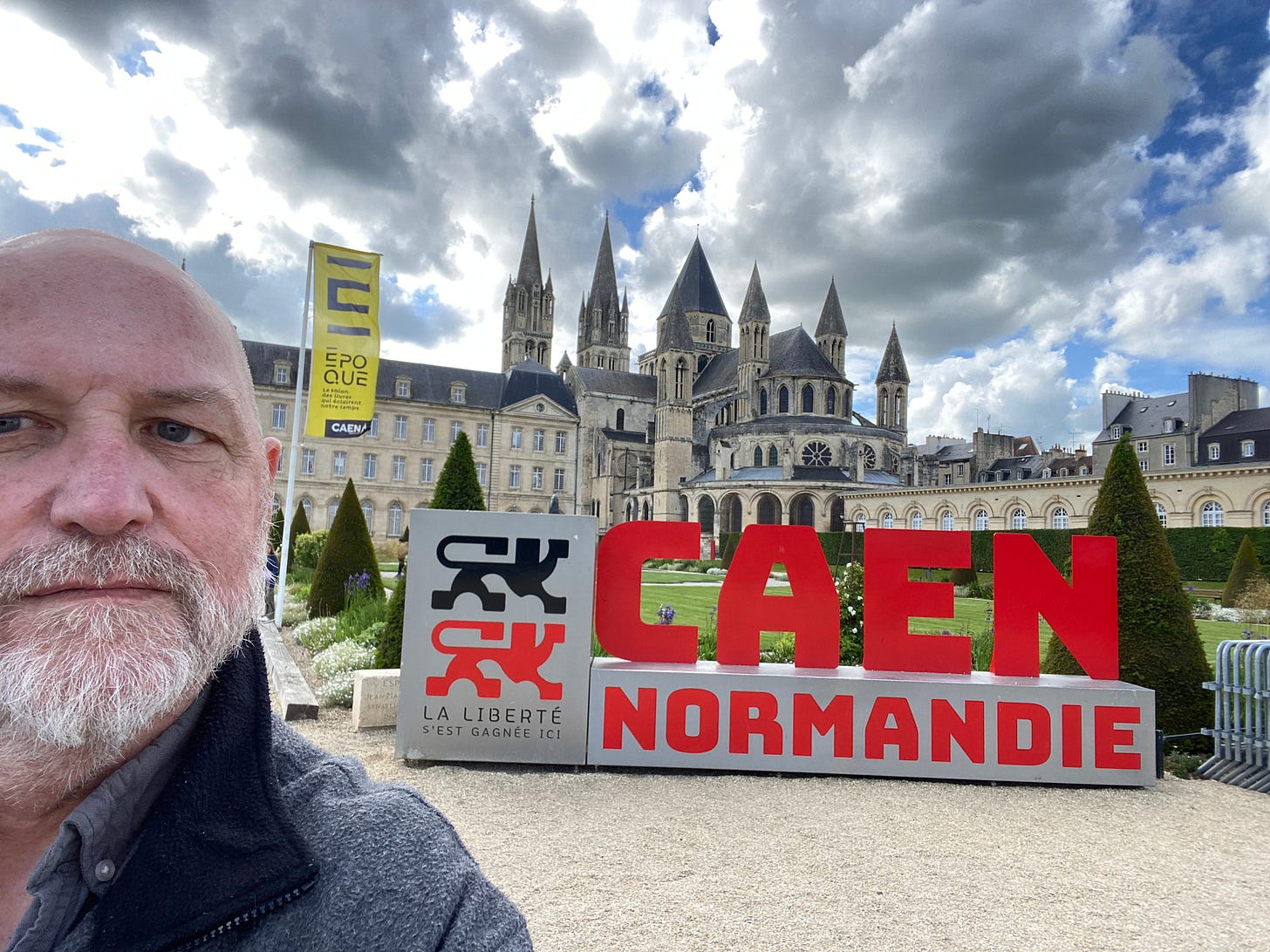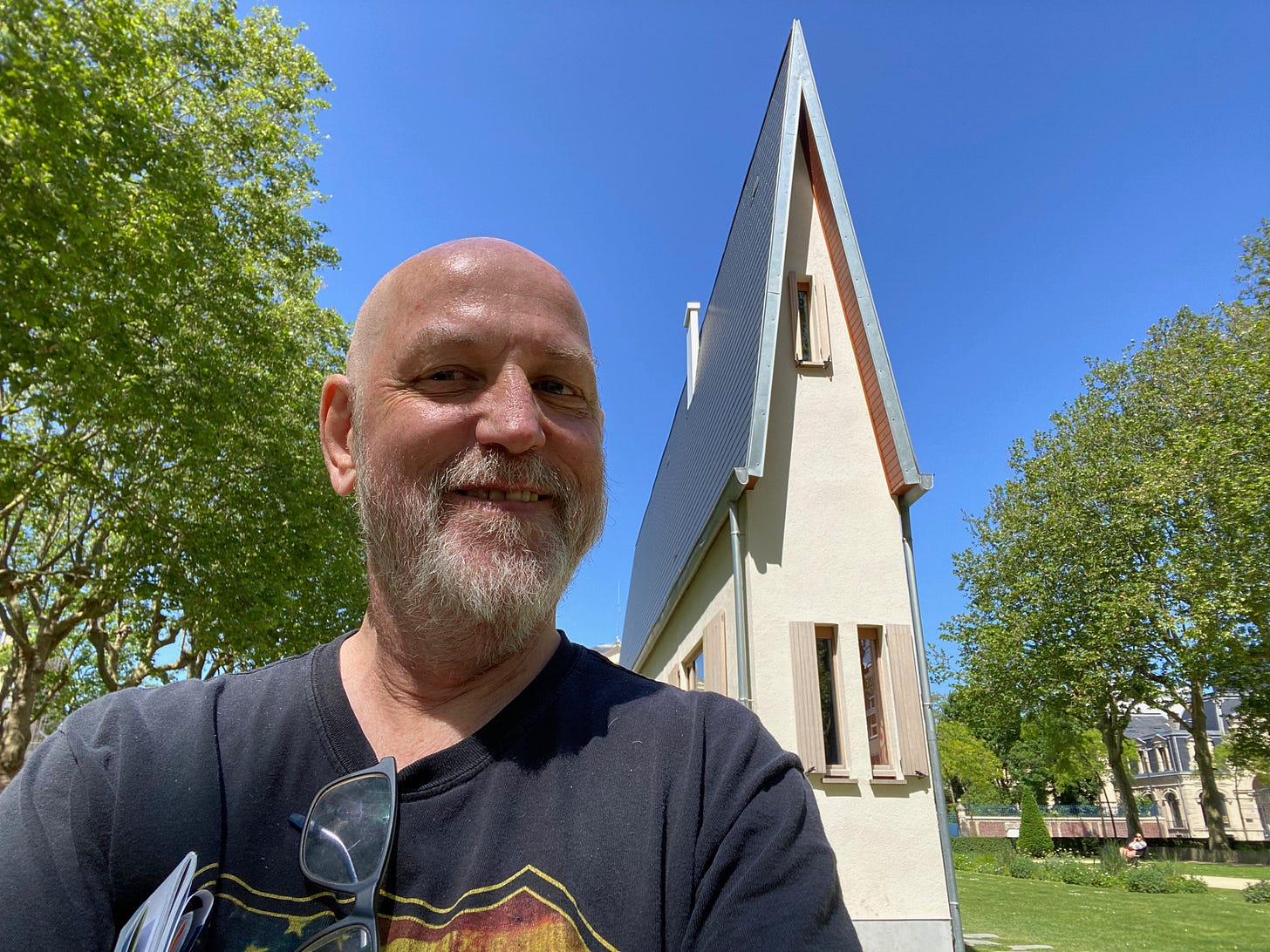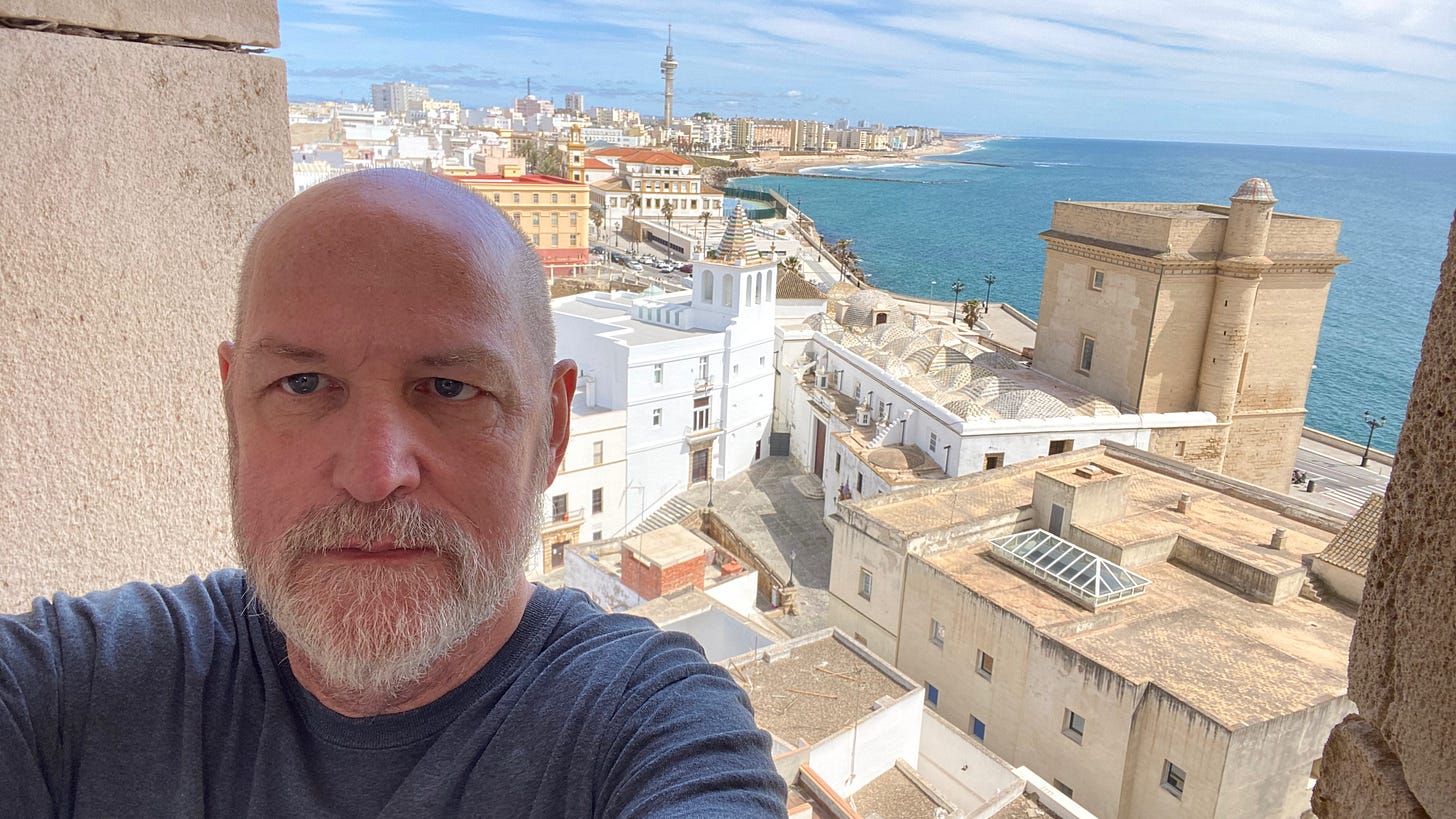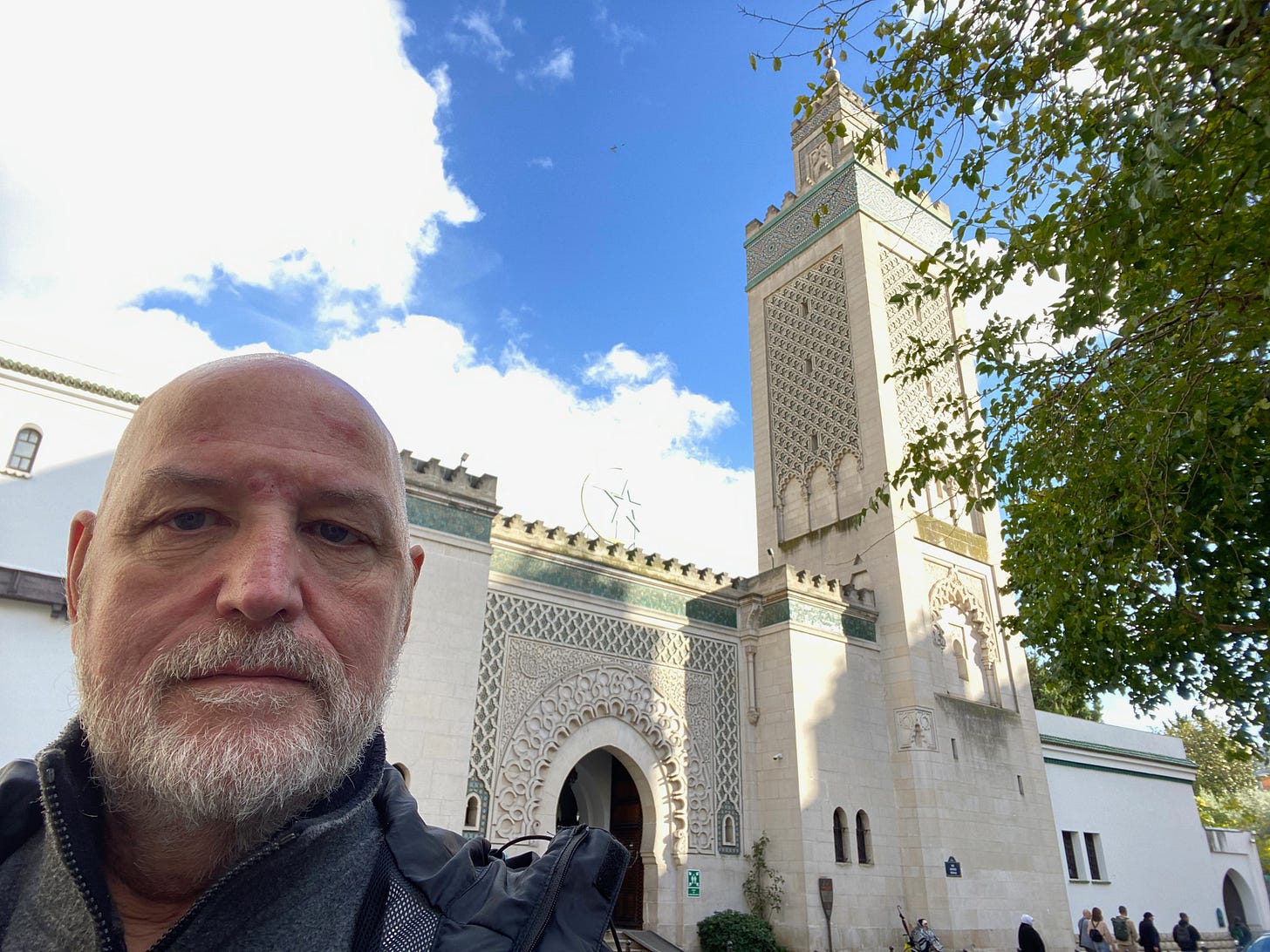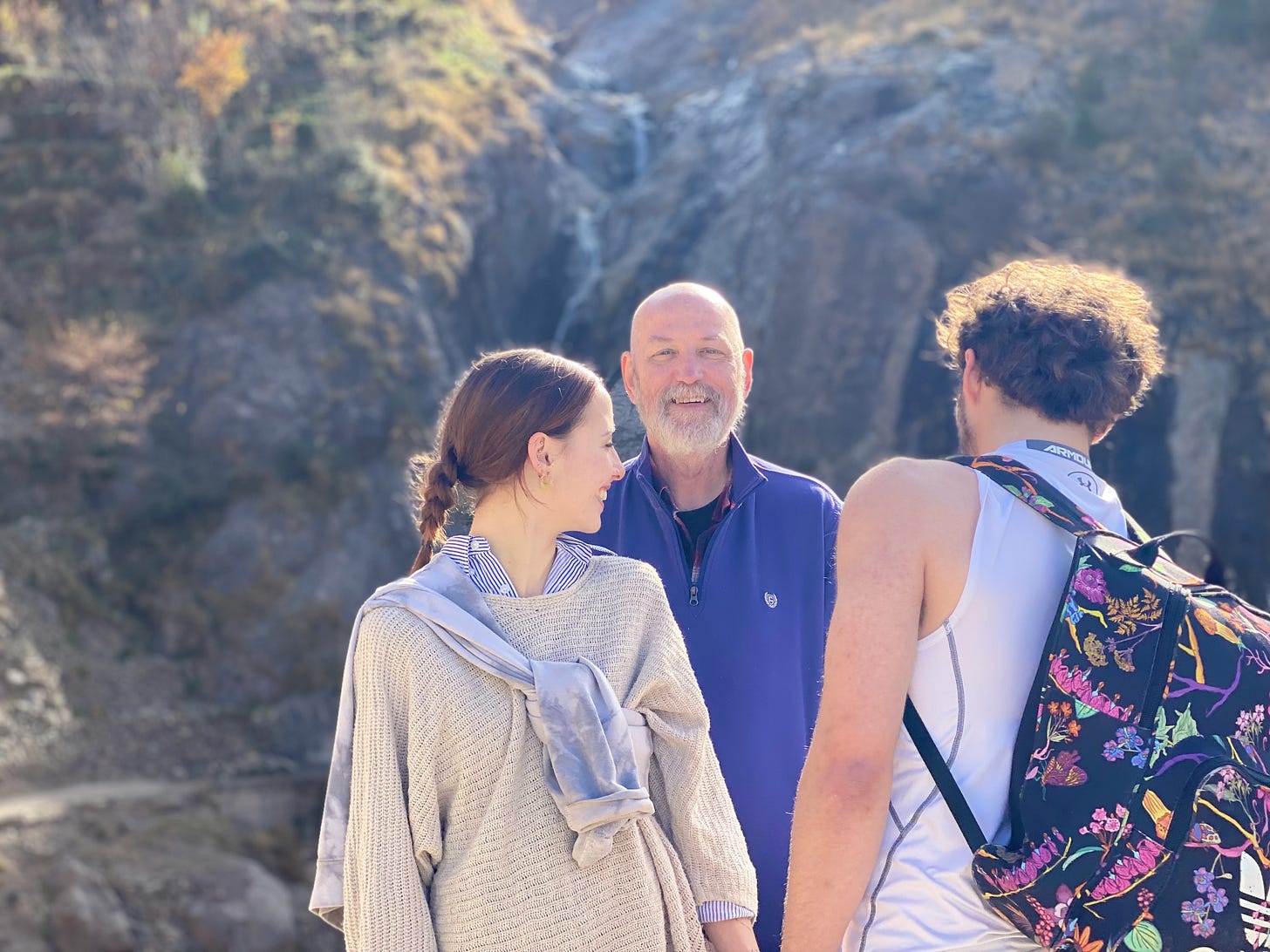Here he is!
The answers, and a little context, to last week's photo quiz ("Where's Wheeland?") in which I asked readers to identify where the pictures were taken.
If this week’s column looks familiar, it’s because it contains the answers to last week’s photo quiz. Some of the photos were really hard to guess, others could hardly be easier. In fact, even I had to double-check one of them. When you are on the road for so long and visiting so many different cities, it can become a bit of a blur.
Here, then, are the definitive answers:
Café Montréal is in Brussels, Belgium, nor far from Gare du Midi train station. I never went inside so I can’t tell you if they serve poutine, smoked meat and bagels, but I doubt it. It looked like a typical café bar.
This is Graffiti Street in Ghent, Belgium. I’ll have a few more details for you when I write about my Belgian adventures in the next few weeks. (I got a chance to meet one of the regular artists as he worked on his latest oeuvre.)
The city is a little obvious. In the background is l’Abbaye-aux-Hommes, a former Benedictine monastery that is now city hall. That any historic buildings are still standing in Caen, France, is a bit of a miracle, as the city was nearly flattened by allied bombing in the two weeks following D-Day
The Narrow House is an art installation by Erwin Wurm in Square Claude Érignac in Le Havre, France. You can even go inside, but best avoid it if you are claustrophobic.
The Castle of the Counts in Ghent, Belgium, is not a typical fortress, built to protect a city. It’s basically just a rich guy’s house. Count Philip of Alsac had it built in 1180.
The Chemin de la Corniche, in the city of Luxembourg, looks down at the Alzette River valley.
The view from the bell tower of the Càdiz Cathedral in Spain. The tower is 56 metres high and, yes, the bells work, so you might want to cover your ears, because they ring every 15 minutes.
This D-Dy landing craft and other World War Two memorabilia are part of an impressive private collection at the Grand Bunker Museum in Ouistreham, France. Inside the 5-storey German structure, the museum has reproduced the living conditions of the soldiers of the day.
Bordeaux, France, has the largest reflecting pool in the world. The water level slowly rises and falls about a half inch, making it a popular spot for the kids to splash.
Zen master Taisen Deshimaru and I contemplate the lovely weather at the Japanese Garden in Toulouse, France, last September.
Palavasles-Flots on the Mediterranean Sea is about a 14-km bike ride from Montpellier, France. Perhaps October is not the best time to go for a swim, but it’s great for a bike ride.
The streets of old Toulouse are extremely pedestrian friendly, as some friends visiting from Montréal would discover.
The official mission of Canadian diplomats in Geneva, Switzerland, lies behind these imposing walls.
Some friends and I hang out with singer Claude Nougaro, who is closely identified with the city of Toulouse, the subject of one of his best-known songs. They even named a métro station after him here.
The bartender at the Great Canadian Pub in Paris was Australian and could hardly speak French. Bet you he’s not even a hockey fan.
The Arab League Park in Casablanca provides a rare respite from all the concrete in this Moroccan city.
The Great Mosque of Paris.
The Hassan II mosque in Casablanca is a little bigger, a little taller.
Some of the restauranteurs in Council Square in Brasov, Transylvania, capitalize on the reputation of a certain goth icon. Blood sausage, anyone?
Canadian Penelope Fletcher opener her English-language bookstore just opposite the Jardin de Luxembourg in Paris.
One of the Four Horsemen of The Apocalypse, by expressionist sculptor Rik Poot, in Bruges, Belgium. Not to be confused with Don Quixote.
It was not very crowded for my day at the Louvre (6 hours!), so I got about as close to Mona as the guards allow.
I’m in Asni, a village in the foothills of the High Atlas mountains in Morocco. James and Beth were fellow travellers at my Marrakech hostel but told everyone they were my kids. Thankfully they didn’t ask for pocket money.
Sunsets in Essaouira, on the west coast of Morocco, were a magnificent light show every evening. What a beautiful place.
The Plaza de España in Sevilla, Spain, built for the Ibero-American Exposition of 1929, is one of the city’s top tourist attractions.








